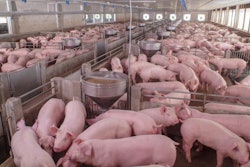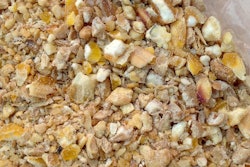
Heavy snowfall across multiple provinces jeopardizes Canada’s canola crop, impact on yields uncertain
Farmers in Canada anticipate crop damage and reduced canola yields after heavy snow cut the fall harvest short.
Alberta was the hardest hit, with some regions of the province reporting that up to 50% of this year’s crop was buried beneath show and remains unharvested, according to Clint Jurke, agronomy director for the Canola Council of Canada. According to a recent crop report, the northern reaches of the province had accumulated nearly three inches of snow-water equivalent by mid-November.
But portions of the canola crop in Saskatchewan and Manitoba also remain unharvested due to heavy snows, Jurke said. With so much snow already on the ground, he said, it is unlikely farmers will be able to harvest the remaining fields until spring.
While farmers in the U.S. have suffered from early cold spells this fall, excess moisture is the primary problem in Canada, Jurke said. Heavy snows began in September and continued well into November.
“Producers have really struggled to get the crop into the bins,” Jurke said, “and now that it’s in the bins, to make sure that it’s dry enough to market.”
Jurke said the council has advised farmers to freeze undried grain in their storage bins to avoid spoilage, and to manually dry the grain over the winter for sale in the spring.
So far, these efforts have been successful. While farmers in Saskatchewan and Manitoba have reported some sprouting and shatter damage in late-harvested grain, the majority of the grain appears to be of good quality, Jurke said.
Numbers for total yields are still coming in, so it’s not yet clear what the delayed harvest and other factors will mean for international canola markets. Canola represents a $26.7 billion industry in Canada, with 52% of the nation’s canola oil and 69% of the resulting meal exported to the U.S., where the meal is used in animal feed.











